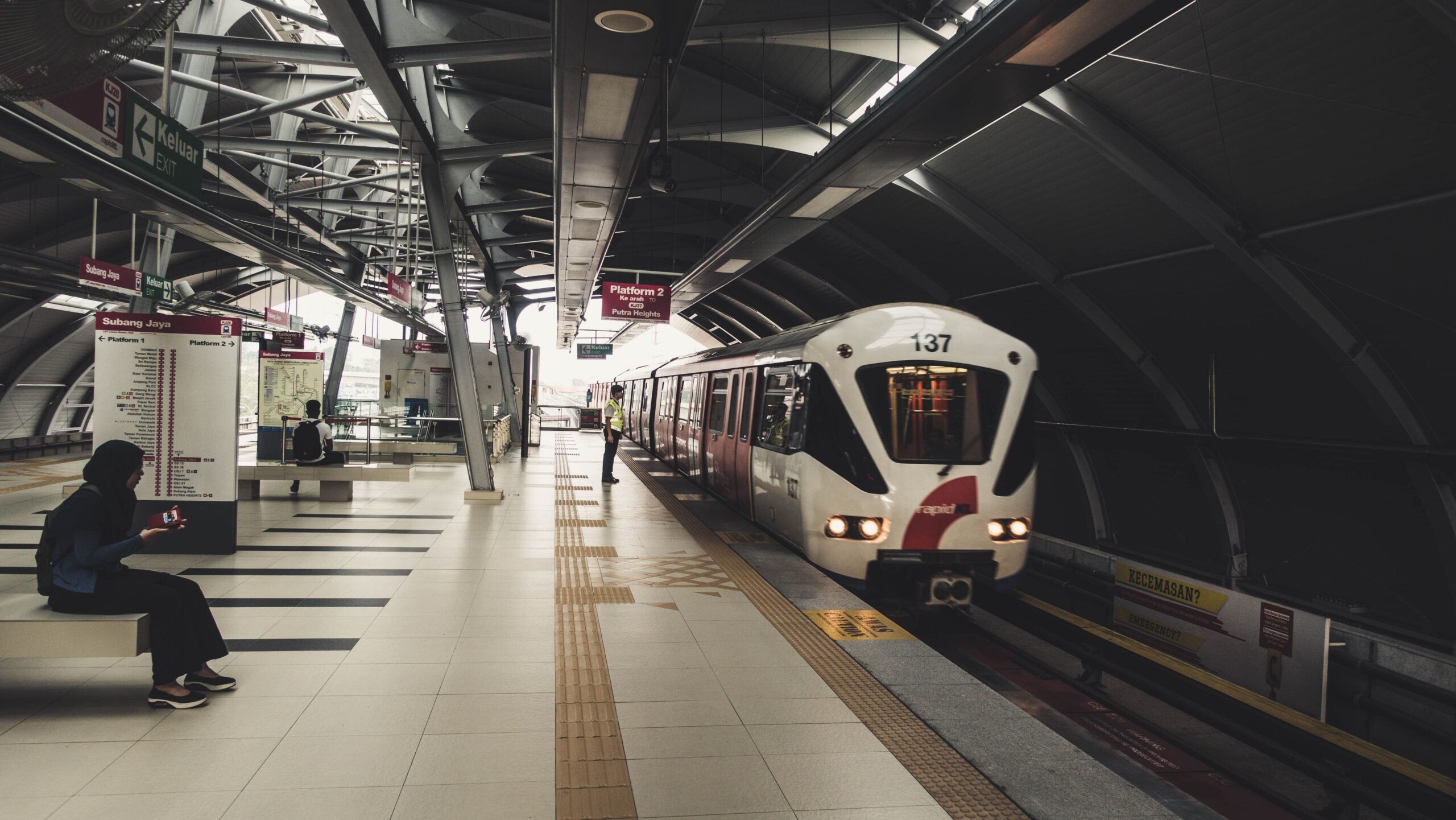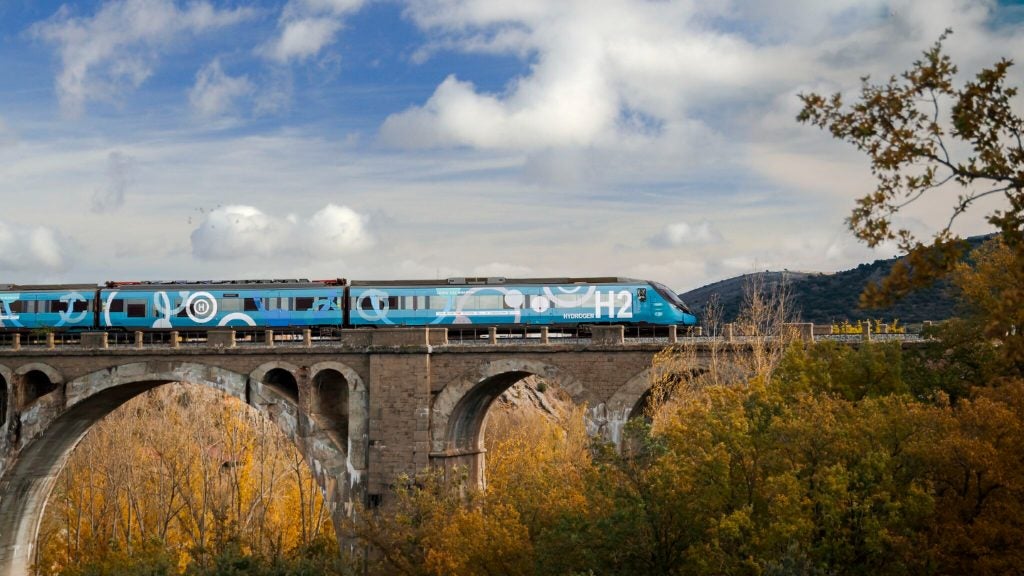
Rail Tec Europe 2021 provided a platform for experts, industry professionals and companies from around the globe to discuss various topics within the rail industry. The event showcased numerous seminars, workshops, presentations and question and answer opportunities for attendees.
Hosted over three different stages – Main, Tech and Pro Rail – experts shared their rail industry insight with attendees.
During two seminars ‘What are the expectations after Covid-19?’ And ‘Train traveller behaviour during and after Covid-19’ industry professionals discussed the importance of attracting passengers back to rail and how this could be achieved, as well as the shift towards more individuals preferring teleworking over an office commute.
Here are some takeaways from the event.
Reasons to travel by rail again
A topic that was heavily discussed at the event was the impact of the Covid-19 pandemic on the rail sector in terms of economic losses and reduced passenger numbers. This has seen the rail industry and professionals discussing numerous methods which could be implemented to encourage people back to rail.
How well do you really know your competitors?
Access the most comprehensive Company Profiles on the market, powered by GlobalData. Save hours of research. Gain competitive edge.

Thank you!
Your download email will arrive shortly
Not ready to buy yet? Download a free sample
We are confident about the unique quality of our Company Profiles. However, we want you to make the most beneficial decision for your business, so we offer a free sample that you can download by submitting the below form
By GlobalDataNew material introduction
The introduction of new materials on train surfaces such as handrails could see passenger optimism around train safety increase. NS principal consultant Mark van Hagen explained that research has shown that a foil material containing silver and copper can reduce viruses and bacteria on its surface.
Hagen said: “Silver, copper and gold is good for getting rid of viruses and bacteria; that’s why money and cutlery are always made from silver and that kind of material. I think especially after Covid there will be other viruses or other bacteria, so I think we might consider getting this kind of foil in places which people touch a lot.”
Using this material to replace existing surfaces would be a huge investment, but Hagen stressed that instead of mass replacement this foil could be incorporated into trains currently being built as well as those which are receiving modernisation upgrades.
Increasing congestion
During the pandemic, car travel became more attractive increased which saw the second-hand car industry flourishing. Many individuals have chosen to replace travelling by train with travelling in the comfort of their own car which they deem to be safer.
Niels van Oort, co‐director of the Smart Public Transport Lab, carried out surveys within the Netherlands investigating the shift from rail to car. Oort said: “In our survey, we saw that approximately 10% of the participants did indeed buy an alternative mode of transport, 15% of this 10% actually did that to replace their train travel. So those people they shifted, not only from train to car but they bought a new car entirely so you could say, at least this is my hypothesis, that this is a structural shift.”
This influx of car purchases obviously means more vehicles will be on roads which presents issues of congestion. It was speculated by the panel during ‘What are the expectations after Covid-19?’ That increasing congestion would become frustrating, making cars a less attractive mode of transport, which could potentially see people returning to rail.
The increase in teleworking
The impacts of Covid-19 have seen many companies adopting a teleworking practice for employees to meet government guidelines regarding social distancing and safety measures. This has had an impact on the rail sector due to an increasing number of individuals working from home and no longer commuting to work via rail. TU Delft and NS researcher Danique Ton presented research – collected from the Netherlands -surrounding this topic during ‘Train traveller behaviour during and after Covid-19.’
Data showed that before the impacts of the pandemic – around February – around 6% of people who work full time would telework on occasion. As the impacts of the pandemic became more severe the number of people who began teleworking increased in response. The lessening of restrictions around the summer months saw a gradual decline in teleworking, however, in September restrictions resumed and therefore so did the majority of people who were teleworking.
Ton’s research explored the public’s willingness and emotions surrounding teleworking and how they felt about the situation going forward. This saw members of the public divided into six groups: enthusiastic full-timers, positive part-timers, neutral part-timers, self-employed, forced and done with, and negative and occasional.
Ton said: “With the enthusiastic full-timers in April, during the lockdown, all of them worked full time at home. In June, this decreased to 92% and it gradually got a bit less, but this is the most sticking to the teleworking group. With the positive part-timers, we see that it’s only 57% of the people that telework in the lockdown full time and most of them were occasional.” Ton said. “The neutral part-timers did telework a lot during lockdown but also decreased. If you look at the forced and done with you see that they were majorly forced to telework almost full time, but they tried to reduce that as much as they could afterwards, so their expectations are that they don’t want to telework.”
The research not only captured the public’s response to teleworking but also allowed speculation on the future of rail.
Ton was able to ask individuals about their likelihood to travel by rail in the future if full-time office hour work became available once more. The most enthusiastic groups said they would likely replace office work with teleworking, equating to 72% of individuals asked.
Ton explained: “The two groups that were most positive said no, actually I like this teleworking I’d like to replace commuting with teleworking. However, there’s people with low willingness for teleworking and these people are more likely to return to public transport. Those were only 16% of the people.”
The issue of how to encourage the remaining 72% of individuals who preferred teleworking over rail commuting presented itself. Ton discussed ideas surrounding how to make passengers feel safe and welcomed back to rail, once restrictions begin lifting again.
One way which employers could encourage teleworkers to commute back to offices was to allow them to travel during off-peak times, therefore reducing train and building crowding.
Ton explained: “Teleworkers commuting could be spread more over the hours or over the days, then you could have a more balanced system. The other half that just wants to return to their pre-Corona behaviour, make them feel welcome, because currently the government is still advising against travel, which of course is necessary given the situation. But when the time is right these people should be welcomed back.”
NB: The article was previously published saying 50% and has been corrected to 15%.





